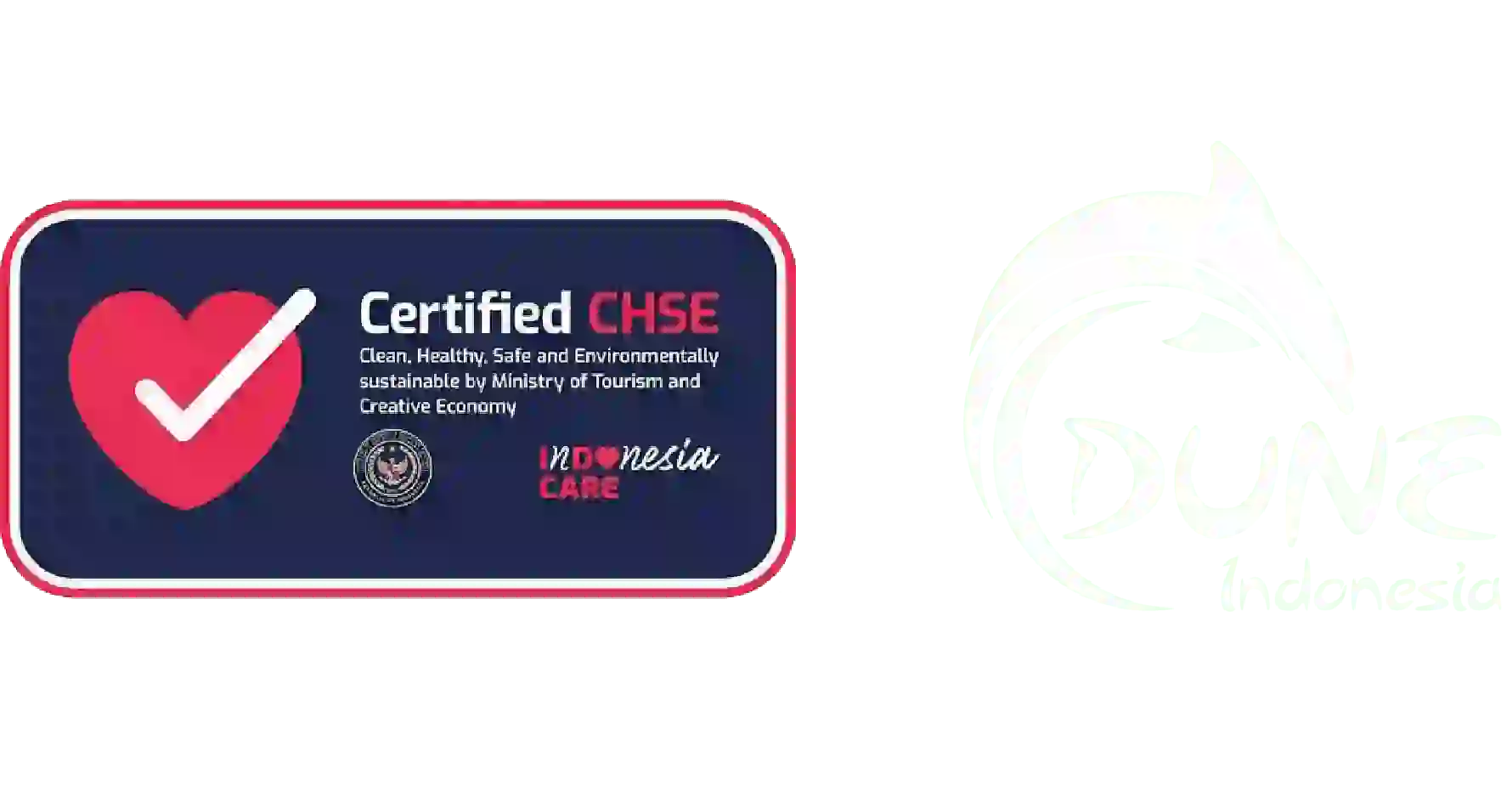Bali is world-renowned for its sublime dives in the heart of the coral triangle, the epicenter of the planet’s marine biodiversity. It has more biodiversity than anywhere else on earth: 76% of coral species and 56% of coral reef fish.
However, these reefs are more endangered than ever, having been severely degraded for decades by the accumulation of human activities. Overfishing, pollution and development are the main chronic stressors. Others are dredged or sanded for their limestone or to facilitate the navigation of boats. In addition, long-term global changes (rising sea temperatures and CO2 levels), storms, earthquakes and volcanic eruptions further deteriorate coral reefs. It is therefore our duty to make every effort to ensure their preservation.
But what is coral really?
At first considered as a tree-like stone, fishermen and naturalists nevertheless knew that coral has the ability to grow. It was only in 1750, after 30 years of observation, that its nature was definitively qualified: “Thus the marine plants, which were at first put in the rank of minerals, then passed into the class of plants, and finally remained forever in the class of animals”.
Corals are therefore animals that can be divided into two categories, depending on whether or not they harbour symbiotic algae in their tissues:
– Zooxanthellae corals live in symbiosis with zooxanthellae, which need light, therefore at shallow depths;
– Azooxanthellae corals (or not symbiotic or not photo-synthetic), which do not have zooxanthellae, do not need light and can therefore live at lower depth.
Corals have two common physical features:
– A mouth, which they use to absorb food and expel waste.
– A circle of tentacles surrounding the mouth allows the coral to capture and ingest food such as plankton, to get rid of debris and to defend itself.
Most corals have symbiotic algae called zooxanthellae inside their cells. Coral provides protection for the algae and the nutritional elements necessary for photosynthesis. In return, the algae provide organic products from photosynthesis. These products are used by corals to make proteins.
Hard corals are scleractiniae, the main builders of reef structures, almost all of which are colonial organisms comprising hundreds or even thousands of individuals called “polyps”. Coral colonies have the property of contributing strongly to the construction of their environment and habitat. They themselves constitute a habitat for many other species.
As colonies, large coral reefs appear to be the oldest living colonial animals in the world. The longevity of some colonies may exceed several hundred or even several thousand years according to some experts.






